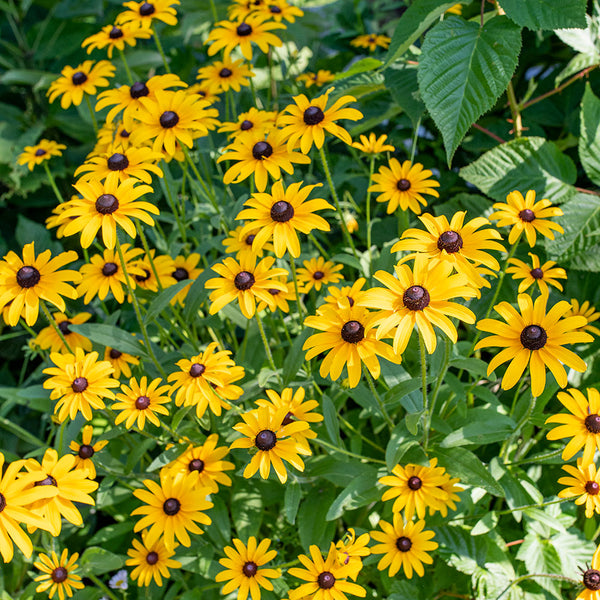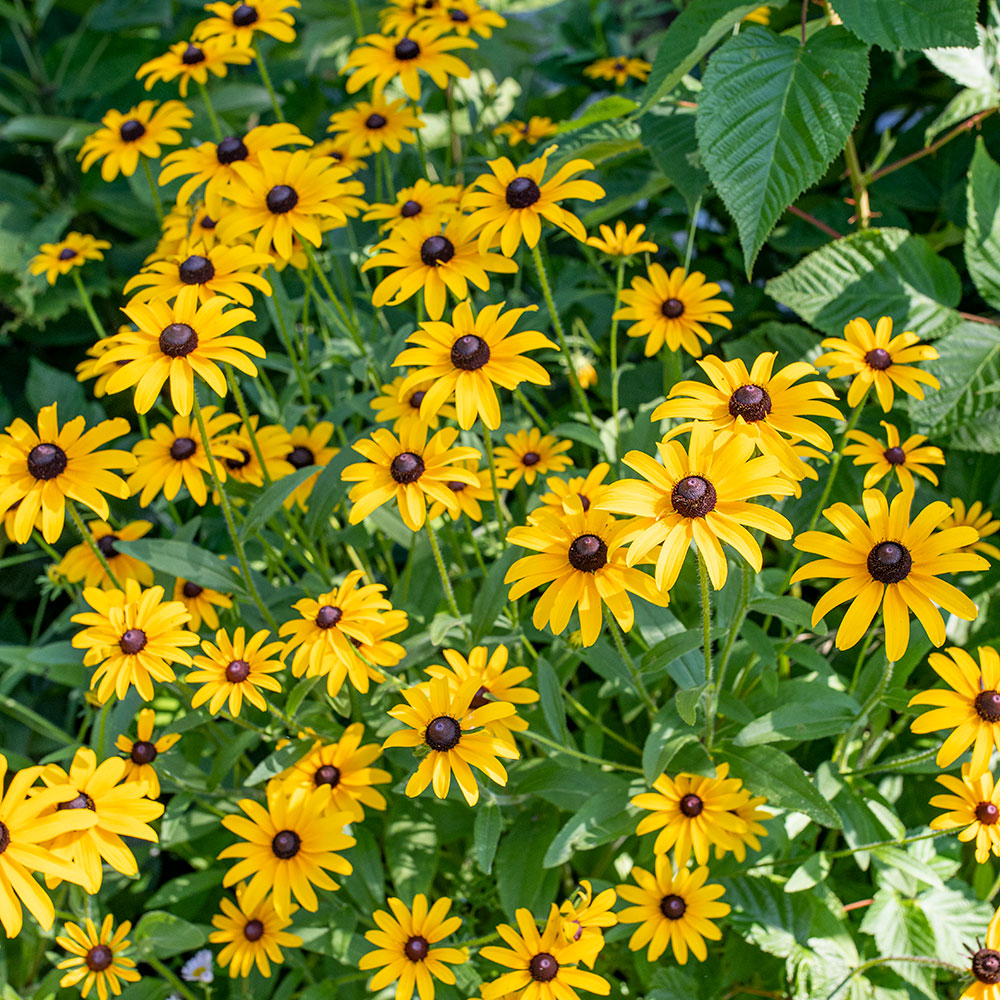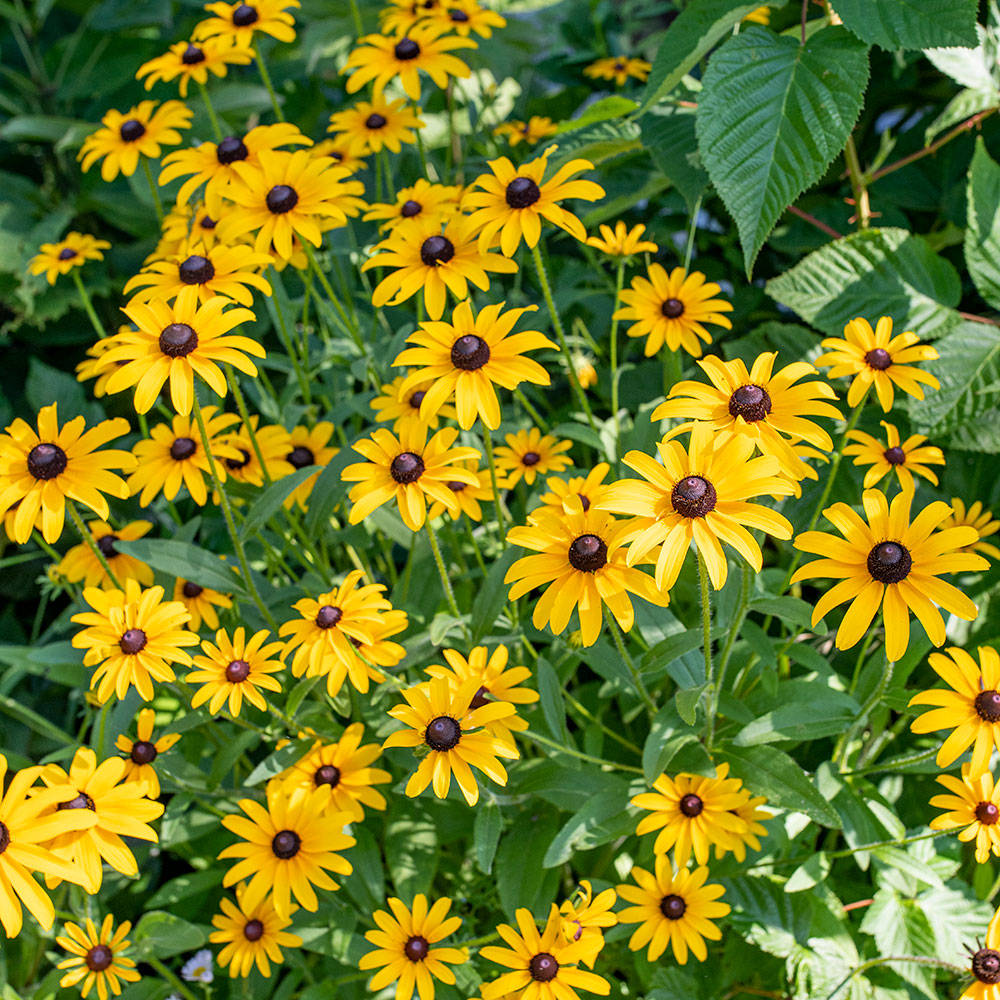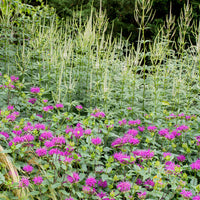SOWING INSTRUCTIONS
Seed To Bloom:
12-16 weeks
Starting Indoors:
A stratification period is beneficial but not required for germination. Sow in a container, cover with a plastic bag and refrigerate, or mix seed with damp clean sand or vermiculite, bag, and refrigerate at 35-40°F. Bring out of chill after 30 days and keep at 65-75°F.
Starting Outdoors:
Direct sow in fall or earliest spring, or winter sow into pots in the shade, covered with a thin layer of clean sand and a wire screen to keep out mice and voles. Check for water, keeping evenly moist.
PLACEMENT & CULTIVATION
The long-loved black-eyed-susan is a common field flower adaptable to dry or wet meadows. Blooming during summer, it becomes a cheerful companion to ox-eyed daisies in wildflower gardens. A pollinator plant of high value, it nurtures butterflies and bees, and is host to several moth species and the silver checkerspot butterfly. Depending on treatment, this wildflower is a biennial to short-lived perennial or self-sowing annual.
Watering Details:
1" a week. Tolerates some drought once established, but blooms better with regular water.
Fertilizer:
Prior to planting, mix in about 2" of compost or organic granular fertilizer.
Diseases & Pests:
Aphids and slugs may be a minor problem. Prevent foliar diseases by spacing properly and planting in locations with good air circulation.
When to Cut for Bouquets:
Harvest when flowers are fully open.

































